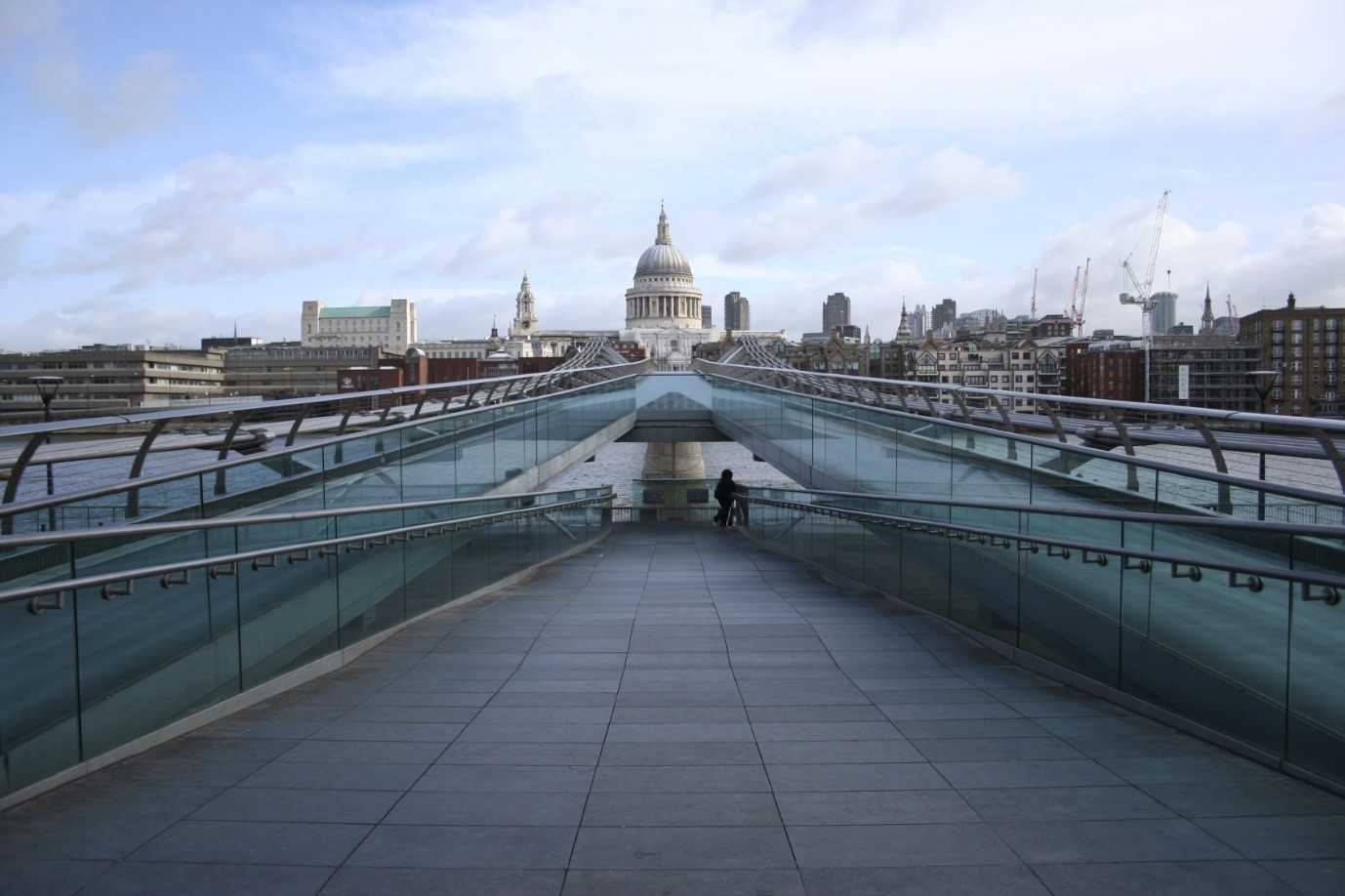Springs in Structures
Contents |
[edit] Introduction
Springs have many interesting uses and are found in various applications – from the lesser-known use within train tracks to the more obvious function in clicking pens.
Springs are also a vital component within many structures all over the world; from buildings to bridges and other types of large construction.
[edit] Suspension bridges
Many suspension bridges use springs to stabilise their structure.
An example of this is the Öresund Bridge – a combined motorway and railway bridge between Sweden and Denmark. There were vibration issues from the cables along the bridge in certain wind and temperature conditions. By installing dampers that contained compression springs (amongst other components) for the most exposed cables, the weight was supported and provided a moveable ring that regulated the air flow on each side.
Another suspension bridge to uses springs within its structure is the Millennium Bridge. At one point, it was nicknamed the Wobbly Bridge after the mass footfall meant that those on the southern and middle spans felt the bridge sway and twist. The problem was fixed with two different dampers; viscous dampers (similar to car shock absorbers); and tuned mass dampers, a large mass stiffened by springs.
[edit] Disaster prevention
Springs are used in some larger and taller structures, such as several-storey hotels and office blocks, building structures that are resilient to earthquakes in parts of the world that are exposed to tremors is vital.
One of the methods to prevent this kind of disaster is known as base isolation. This involves using spring systems or bearings that ‘float’ a building above its base foundations.
As the structure is attached to its foundations by a strong material, when a disaster such as an earthquake strikes, the structure can move slightly without being disconnected from its original foundations. This method has been in practice for years and has been used in numerous structures.
[edit] Building security
Springs and wire forms can be found in anti-climbing and safety measures for buildings, often in the form of fixing clips.
A well-known example of this is the Tate Modern. This structure uses fixing clips for holding faceplates (an attachment with slots for work to be mounted) onto corbels (a projection out of a wall to support the structure above it) that cover the first 15 metres up around the base of the gallery to establish an anti-climb zone.
In total, there were 650 springs created for the building with a 10-day turnaround as the scaffolding for the building was taken down sooner than anticipated.
--European Springs and Pressings Ltd 09:59, 27 Apr 2018 (BST)
[edit] Related articles on Designing Buildings Wiki
- Compression springs.
- Die springs.
- E-spring.
- Flat springs.
- Key qualities of springs.
- Spring materials.
- The importance of gas springs.
- Tension springs v torsion springs.
- Using springs in construction to prevent disaster.
- Large and Hot Coiled Compression Springs
- The Difference Between Tension and Torsion Springs
- The Multiple Uses of Compression Springs
- The Uses of Wire Forms Within the Construction Industry
- Types of spring.
Featured articles and news
The benefits of engaging with insulation manufacturers
When considering ground floor constructions.
Lighting Industry endorses Blueprint for Electrification
The Lighting Industry Association fully supports the ECA Blueprint as a timely, urgent call to action.
BSRIA Sentinel Clerk of Works Training Case Study
Strengthening expertise to enhance service delivery with integrated cutting-edge industry knowledge.
Impact report from the Supply Chain Sustainability School
Free sustainability skills, training and support delivered to thousands of UK companies to help cut carbon.
The Building Safety Forum at the Installershow 2025
With speakers confirmed for 24 June as part of Building Safety Week.
The UK’s largest air pollution campaign.
Future Homes Standard, now includes solar, but what else?
Will the new standard, due to in the Autumn, go far enough in terms of performance ?
BSRIA Briefing: Cleaner Air, Better tomorrow
A look back at issues relating to inside and outside air quality, discussed during the BSRIA briefing in 2023.
Restoring Abbotsford's hothouse
Bringing the writer Walter Scott's garden to life.
Reflections on the spending review with CIAT.
Retired firefighter cycles world to raise Grenfell funds
Leaving on 14 June 2025 Stephen will raise money for youth and schools through the Grenfell Foundation.
Key points for construction at a glance with industry reactions.
Functionality, visibility and sustainability
The simpler approach to specification.
Architects, architecture, buildings, and inspiration in film
The close ties between makers and the movies, with our long list of suggested viewing.
SELECT three-point plan for action issued to MSPs
Call for Scottish regulation, green skills and recognition of electrotechnical industry as part of a manifesto for Scottish Parliamentary elections.
UCEM becomes the University of the Built Environment
Major milestone in its 106-year history, follows recent merger with London School of Architecture (LSE).
Professional practical experience for Architects in training
The long process to transform the nature of education and professional practical experience in the Architecture profession following recent reports.
























